Thingyfy Pinhole Pro X 18-36mm Review (Fujifilm / X-Mount)

Pinhole photography is not just a photographic genre of its own, but also a passion for many photographers. In this brief review, I will be looking at a pinhole lens made by Thingyfy targeted towards ‘professional’ photographers willing to spend about 100 € on what essentially could be a tiny hole in a body cap.
The Pinhole Pro X has been launched on Kickstarter in August 2019 and just made it to me a couple of days ago.
Thingyfy, in the past, has already sold various pinhole lenses, including a multi-aperture one. Their newest model, the Pinhole Pro X, is a 18-36mm/40-60mm zoom lens available for all common mounts. If you buy the DSLR/SLR model, you will receive the 40-60mm edition, and if you opt for the mirrorless one (which will be discussed here), you will receive the 18-38mm model.
Disclaimer: I will keep saying lens despite the fact that there actually is no such thing involved!
Pinhole Lenses
Before going into this particular lens, I want to say a few things about pinhole lenses and why you might want one too.
Pinhole photography, in its most basic form, is using a lightproof box, some photosensitive material (e.g., a sheet of film), and a tiny hole through which light can pass. This simplicity is certainly one of the reasons why many passionate pinhole photographers take pride and joy in building their own pinhole cameras. On the other end of the spectrum are pre-made pinhole lenses, which you can attach to any (non-)digital camera.
The thingyfy lenses (and some of its competitors) are such commercially available alternatives for those people who do not want to go DIY or need a robust, feature-rich, and ‘professional’ pinhole for their photography.
The potentially more interesting question is why you would use such a minimalistic camera. Aside from the pure joy of experimentation, to me there are two possible scenarios in which a pinhole lens is actually useful.
Firstly, I believe that pinholes are incredible tools for learning photography from the ground up. They force you not only to do everything manually but to think about how the camera actually works and sees the world. If you have figured out how to get good exposure with a pinhole, you probably will not have any issues with a ‘real’ lens ever again. At the same time, pinholes can offer great learning experiences for experienced photographers as well. I can only recommend this article by Tercius (The Inventory) who made one of his “most painful, most rewarding photography experiences” with the Pinhole Pro X.
Secondly, pinholes create a very specific, unusual aesthetic. While this look can be achieved in post, raw pinhole images have an especially eery, sometimes also romantic, feel to me. While personally I don’t have too many use-cases for this, the aesthetic is loved by many photographers and filmmakers.
What’s in the Complete Set?
As often with crowdsourcing projects, there are various packages (rewards) you can get. I opted for the 99 $ Complete Set, which contains the following items: The lens itself (including custom laser engraving), a nice (but slightly too small) EVA pouch, three ultra-slim filters (UV, ND2, CPL), and a 52mm-58mm step up ring for the CPL filter.
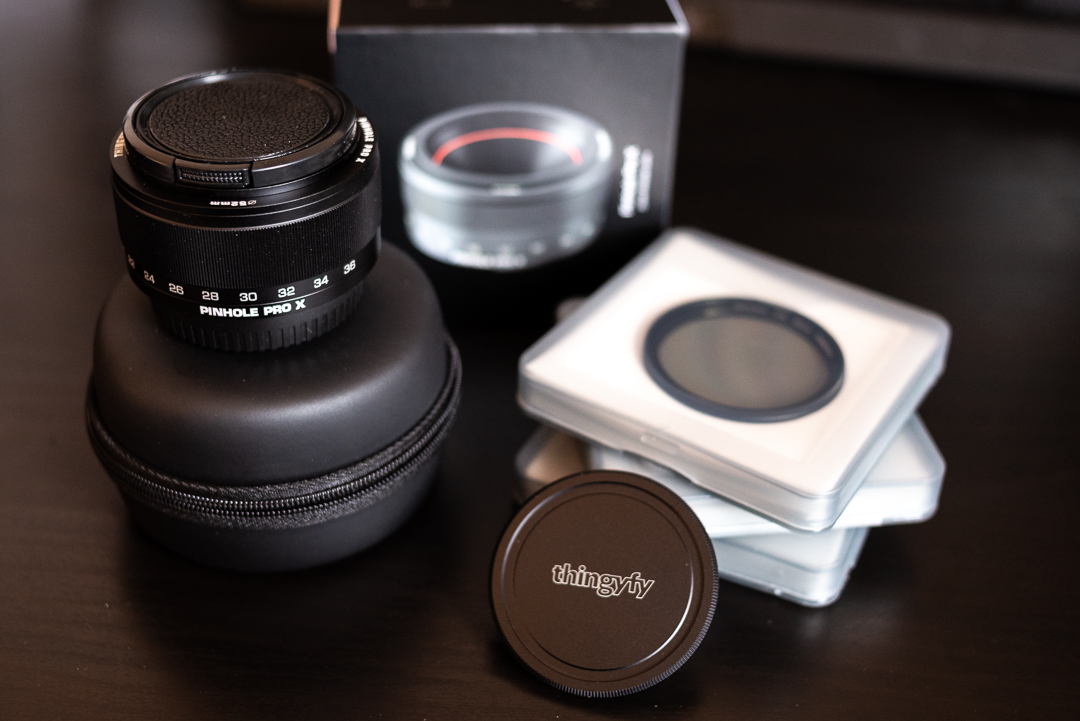
The Complete Set unpacked.
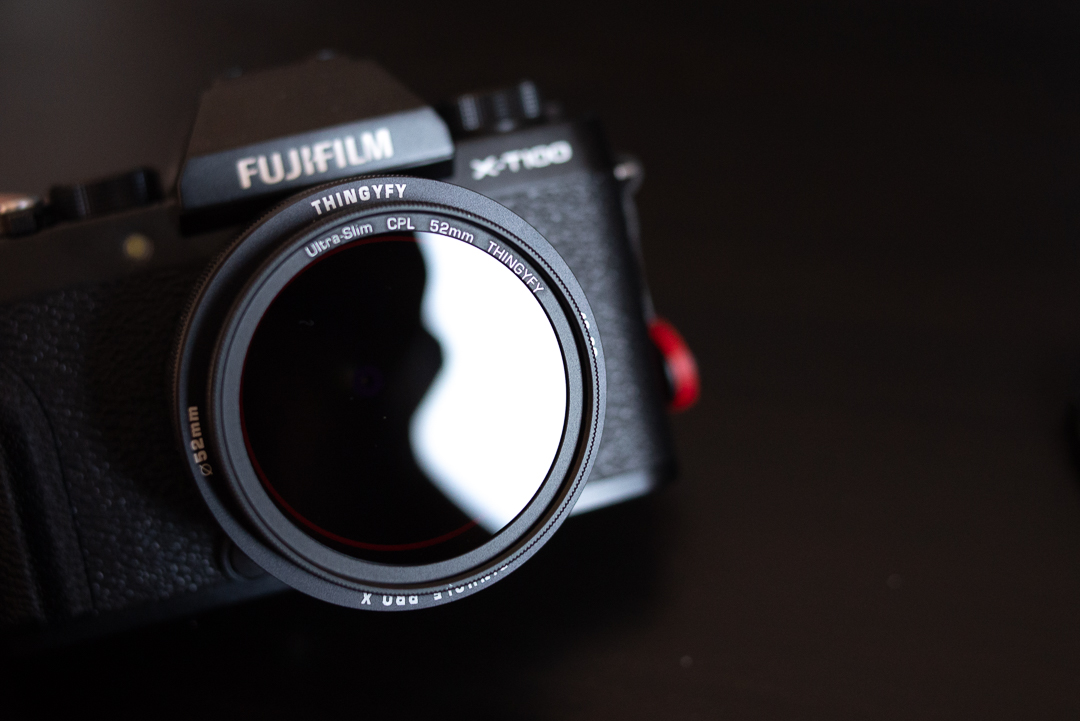
The CPL filter mounted on the step up ring.
The packaging is great, and the whole product, including all of the extras, feels very robust and sophisticated. This definitely is not a crowdfunding-barely-a-prototype kind of product!
Build Quality and Mechanics
As I already said above, the product and all of its components feel very well built. The body of the lens is completely made from aluminum and feels very sturdy. The zoom ring runs very smooth but has a fairly high resistance. I would have preferred it to go a little bit easier, but I can see the benefits of having a lot of resistance, especially for videography.

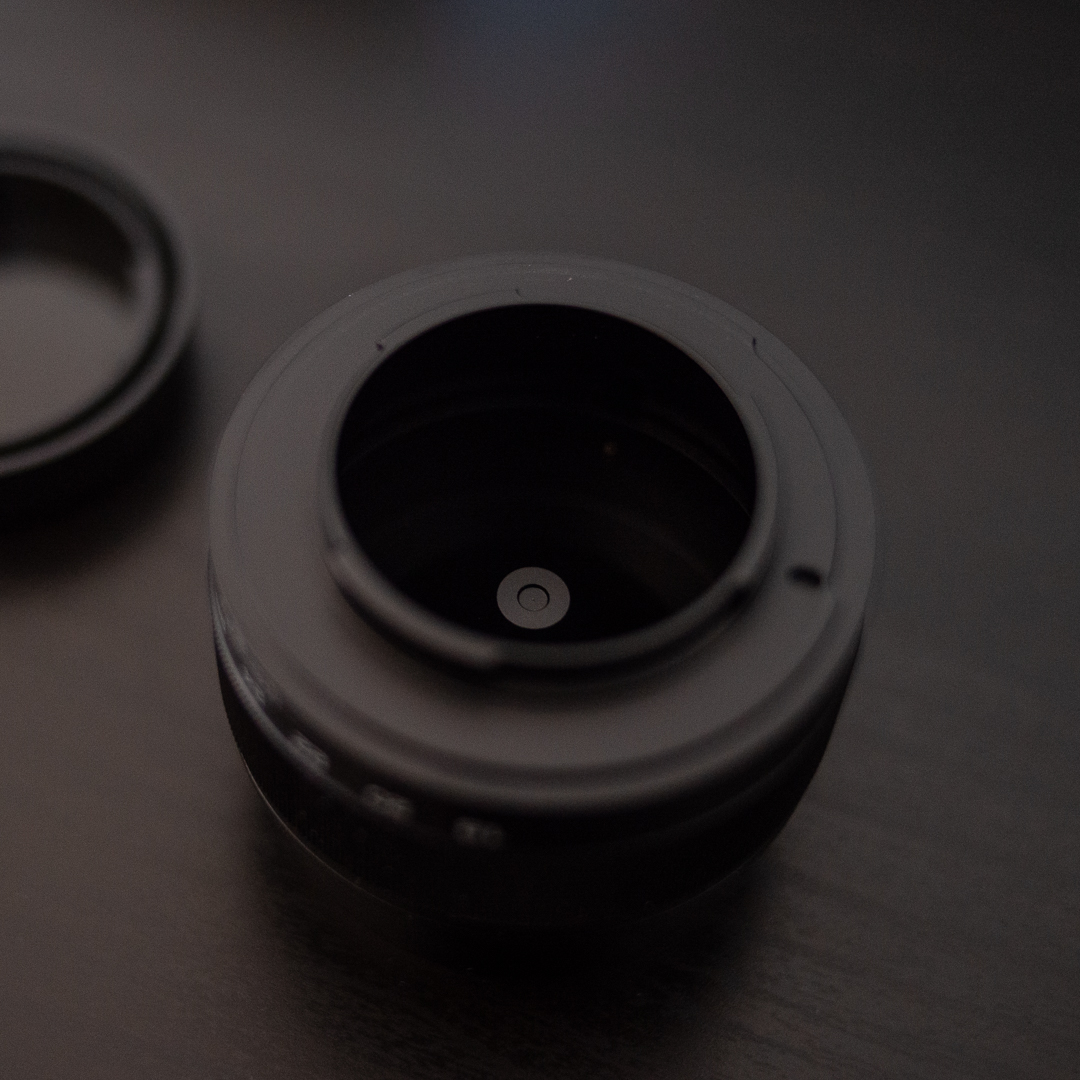
Pinhole Pro X (Mirrorless, X-Mount) from top and bottom.
The lens caps are made from plastic and do their job just fine. However, they are definitely not fancy in any way! The additional screw-on aluminum lens cap is a nice idea, but not very practical when it comes to getting it on and off the lens.
The filters also feel robust, and they have decent optical qualities. I haven’t tested them in any scientific way, but they keep up with any other mid- to lower-end filters you can buy. For a pinhole lens, they are definitely working just fine! I would also highly recommend using a filter because since there is no protective glass, the cone-shaped design will, as another reviewer has pointed out, plaster your sensor in dust rather quickly.
The bag, as I said above, is a rather tight fit, but also perfectly adequate. Ultimately, it’s a standard unbranded EVA-type (‘hardshell’) pouch like any other. Whether a lens this simple, made from aluminum, needs a bag like this is another question.
The general principle of a zoomable pinhole lens is very simple - as is everything about these ‘lenses’. When increasing the focal length on the lens, the hole moves further away from the sensor, thus increasing the size of the image. However, there’s a tradeoff: If the hole moves further away from the sensor, the image gets darker, given the exposure time stays equal (the f-stop value equals the focal length divided by the lens diameter).
In the case of this particular lens, the small volcano-shaped piece inside of the lens (which probably is there to reduce light spill) will move closer or further away from your sensor. It’s very simple, and it works great!
Image Quality
Believe it or not, but there are quality differences between pinhole lenses depending on how well they are designed. Unfortunately, I’m not a pinhole expert, and I will refrain from going into any technical details regarding the quality of the lens. If you are interested, there’s a whole YouTube playlist on pinhole photography by The Science of Photography.
Comparing the image quality to some of my DIY-lenses, I think that thingyfy has done a really good job at creating a good pinhole lens that is perfectly usable for both photo- and videography. Ultimately, I don’t think that image quality is such a big factor in talking about those kinds of lenses.
Here you will see two example images. In both cases, I wanted to keep the shutter speed reasonably high to demonstrate how the lens would perform if used in an everyday situation.
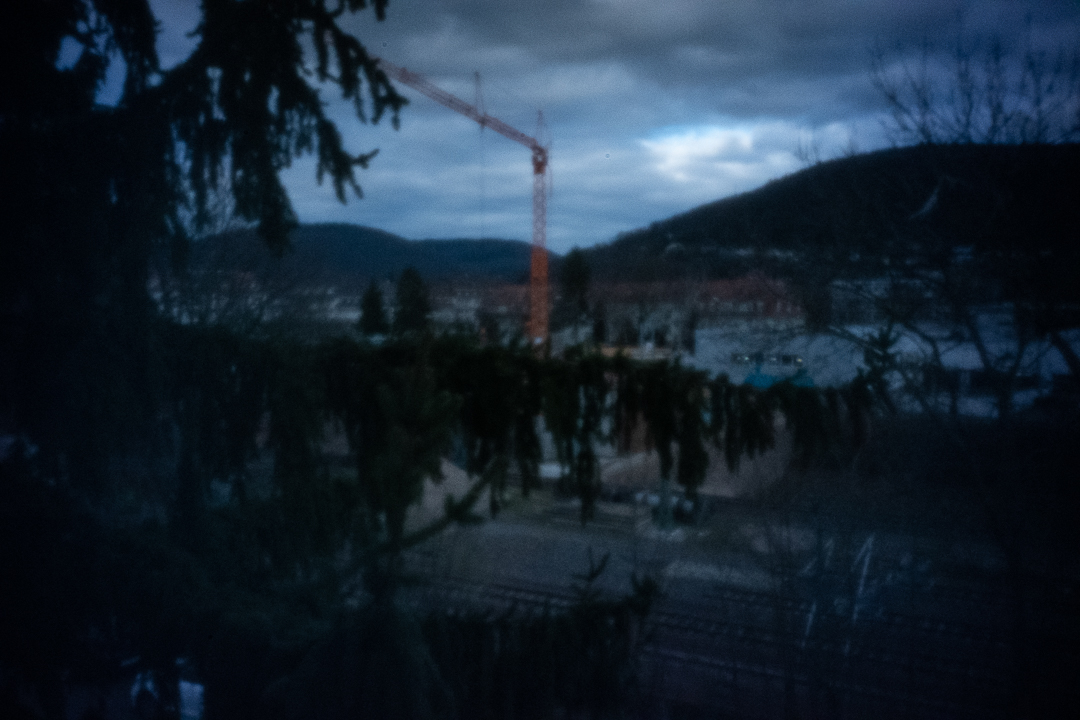
Taken at 1/20s and ISO 6400 in the afternoon on an overcast day.

Taken at 1/25s and ISO 1000 in the morning on a sunny day.
However, at least in photography, pinholes are usually used in conjunction with longer exposure times to compensate for the tiny amount of light that passes through the hole.
As explained above, the image will get darker when you zoom out. In order to demonstrate this, I have recorded a (very shaky) video in which I go from 18mm to about 30mm and back. As you can see, the image gets considerably darker when zooming in.
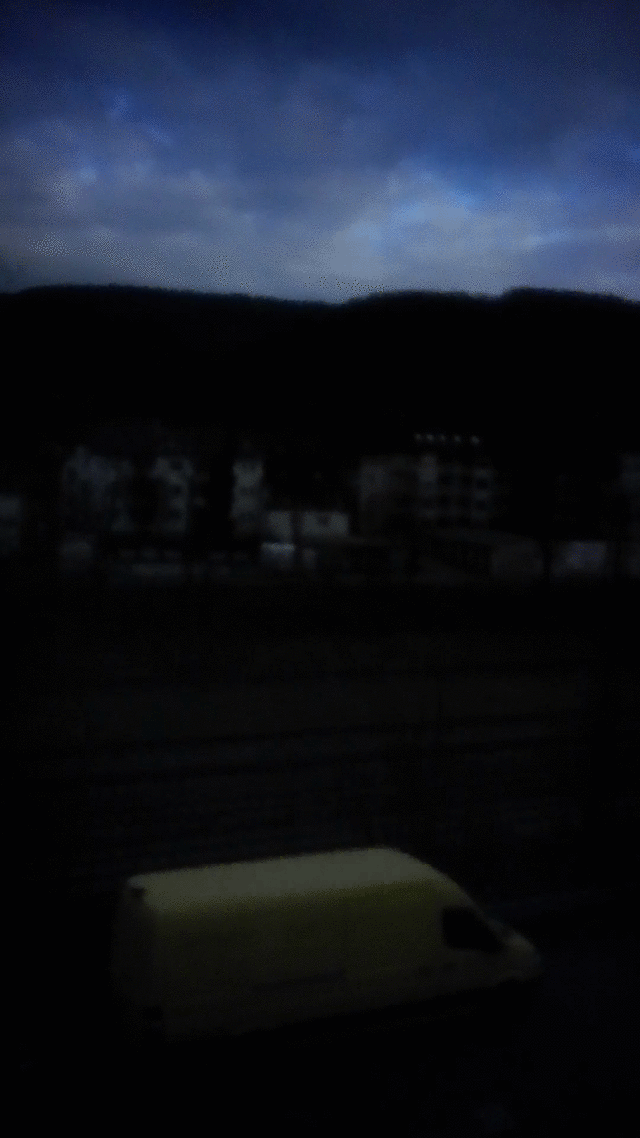
Especially when taking video, this has to be taken into account since we can’t necessarily lower the shutter speed or adjust the ISO on the fly.
Zoom Capability
While the zoom is a nice idea and provides you with some additional capabilities overall, I don’t fully believe in its practicability - at least not with high-resolution digital cameras. Since image quality isn’t really the point anyway, I think one can probably get away with digitally ‘zooming in’ in post if need be. Also, since most of your images will be stationary long exposures anyway, you can probably also justify moving to or three steps.
That being said, there are certainly many cases - including video and street photography - in which the variable focal length could come in handy!
Conclusion
I want to start by saying that this package definitely is worth the 99 dollars from a product standpoint! The quality of the product is great, the accessories are well made, and you are clearly getting some great value for your money.
On the other hand, we have to ask ourselves whether it makes any sense to pay this amount of money for something that could be - in essence - build for a couple of cents.
For me, the lens, even if we exclude all of the accessories, is worth the price. It looks and feels like a ‘real’ piece of equipment, and it provides me with the confidence that it will survive the abuse which all of my gear has to suffer through.
The great build quality makes shooting, at least for me, very enjoyable, and I actually want to carry around this thing from time to time - something that never happened to me with cheap and/or DIY pinholes. In addition, it is also heavy enough to balance a larger camera (not an issue with my X-T100), which makes shooting with it much more enjoyable than with a DIY lens cap.
All of that being said, I think that most regular photographers can just go for one of the cheaper, non-zoom, options offered by thingify.

Thank you for visiting!
I hope, you are enjoying the article! I'd love to get in touch! 😀
Follow me on LinkedIn